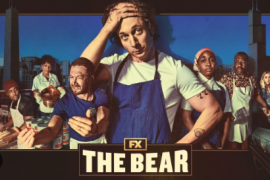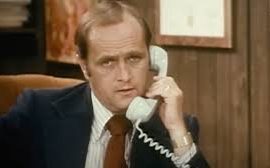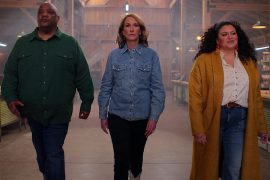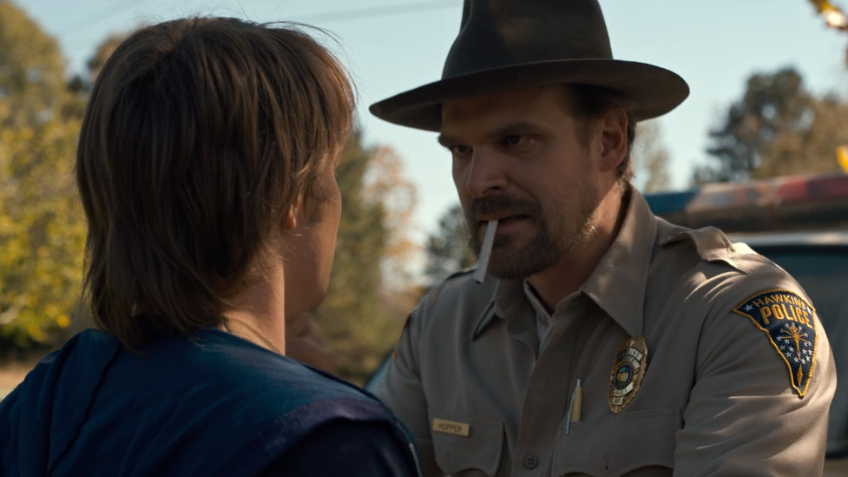
On Thursday, Netflix announced it would cut back on smoking scenes in its original series.
This was in response to an anti-smoking organization, “Truth Initiative,” who called out the streaming service for all the tobacco use in a show most popular with younger auidences: Stranger Things (back this week with a third season).
The series is set in a small, Indiana town in the early 1980s, so, yeah, people smoked more back then. Nonetheless, a spokesperson for Netflix said the company recognizes, “that smoking is harmful and when portrayed positively on screen can adversely influence young people.” While the media giant also respects artistic expression, they have vowed to cut back on cigarette and e-cigarette use in original programming rated TV 14/PG-13 or lower and even then will only allow characters to light up “for reasons of historic or factual accuracy.”
Now, smoking is deadly. I lost track of the number of times I was a pallbearer for aunts and uncles who died of lung cancer, some not yet in their fifties.
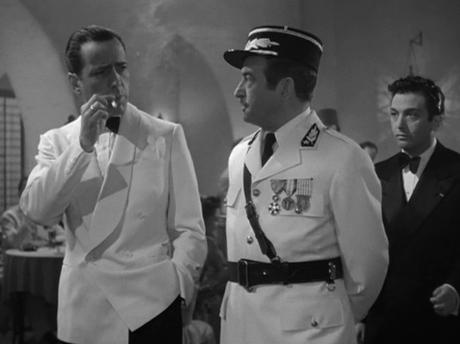
Still, this is a slippery slope. If TCM, for example, started editing out all the smoking scenes in “The Thin Man” movies or “Casablanca,” those classic films from the ‘30s and ‘40s would be chopped down to about three minutes.
Certain episode of classic TV shows have already been banished to the vaults. A decade ago, a local channel used to air old TV panel shows such as What’s My Line? from the ‘50s and ‘60s in a programming move they called, “black and white overnight.” Some episodes of that series were sponsored by cigarette companies and, due to signage right on the set, those were eliminated from the syndication list in accordance with broadcast television’s ban on cigarette advertising.
advertisement

Other classic sitcoms, such as I Love Lucy and The Dick Van Dyke Show, were partially sponsored by cigarette companies. Occasionally, you can still see Ricky or Lucy light up in their living room or even Rob and Laura Petrie in scenes undoubtedly stuck in simply to please the sponsor.
Other classic shows also occasionally seem to run afoul of changing mores and standards. ABC and Jimmy Kimmel’s recent live performances of All in the Family and The Jeffersons both contained dialogue from the ’70s that would be considered racially offensive today. My son, 26, also voiced an objection to me about the lyrics to the “All in the Family” theme song, which was performed live – in a most winning way, I thought – by Woody Harrelson and Marissa Tomei.

The lyrics, “Boy we knew who we were then/Girls were girls and men were men…” stood out like a sore thumb to Dan. My memory of hearing it the first time — as sung by the great Carrol O’Connor and Jean Stapleton — was that it was always an ironic comment on narrow attitudes in society regarding gender and sexuality.
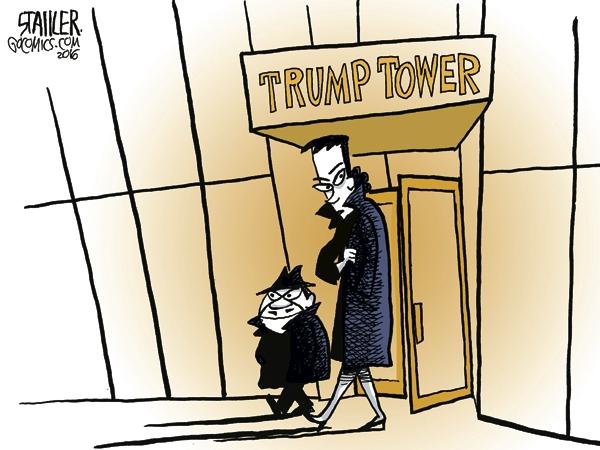
Way, way back when I was a lad, I devoured every early morning cartoon show I could find on television. I didn’t have a clue, or course, about wartime rationing when I watched Warner Bros. Looney Tunes and Merrie Melodies from the late ‘30s/early ‘40s but a lot of those points hit home years later. Same with the Cold War references in Rocky & Bullwinkle. Did being exposed to those things harm or educate? I like to think it helps place artistic expression into context and to realize that society moved at different rates in days past, and that mistakes are sometimes made — and that humour often needs a target.
Will streaming (or hologram?) services in the 2030s start editing out scenes of rampant cell phone use in shows set in 2019? Or is it better to leave it all in for future generations to come to their own conclusions about our past?

For more on this topic, as well as the notion that there is too much TV these days, you can listen in here as I talk with Global News Radio’s Jeff McArthur on AM640 Toronto.




